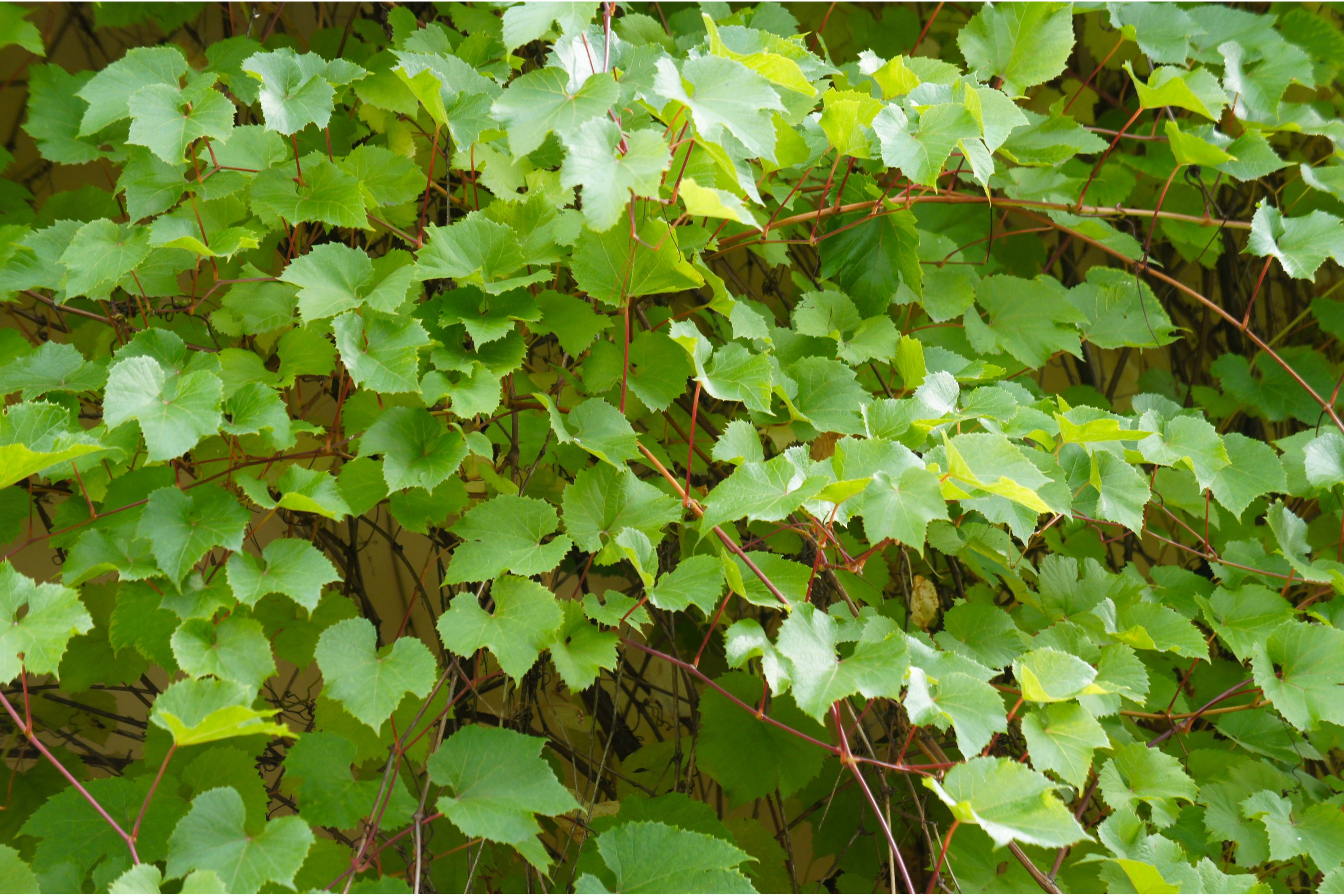Amur river grape
(Vitis amurensis)

Description
Vitis amurensis, the Amur grape, is a species of grape native to the Asian continent. Its name comes from the Amur Valley in Russia and China. It is very resistant to frost, but is not tolerant to drought. Selections vary, but as a species it has strong resistance to anthracnose and ripe rot, and moderately strong resistance to downy mildew and powdery mildew. Vitis amurensis is a relic of pre-glacial subtropical vegetation of the Far East, it reaches the continental latitude Lake Kizi (about fifty-first parallel). Along the coast of the Sea of Japan to the north it reaches the mouth of the Muli river, and the Amur region to the west - to the river Zeya. It grows in the forests of Manchuria, Amur Oblast, Primorsky Krai, North East China (Anhui, Hebei, Heilongjiang, Jilin, Liaoning, Shandong, Shanxi, Zhejiang), and Korea. A Liana with stem 5–10 cm in diameter and typically spreading to 15–18 m, rarely up to 20–25 meters. Tendrils capable of wrapping around things will entwine the branches of neighbouring plants or anything else they can use for support. The bark is dark, scaly and with vertical stripes on old shoots. Young shoots are green, often with a reddish hue, reddish-brown in autumn. The leaves vary greatly in shape. They can be solid, three- or five-lobed, ovate or rounded, arched at the base. The size ranges from 9 to 25 cm with sharp edges and rounded-triangular serrate teeth. The surface of the leaves are glabrous above, densely covered with short bristles. In autumn the leaves turn bright colours - red, yellow, orange, brown. The flowers are small, and a nectar source for bees. They appear in the second week of May in its natural habitat. The Amur grape is usually dioecious, although hermaphrodite vines do occur rarely. Fruits of the Amur grape are spherical black or purple, sometimes dark blue berries ranging from very acidic to sweet, with a diameter in the main to 12 mm, with a thick skin. The sugar content in the fruit reaches 22-23%. In their natural habitat they ripen in late September. The flesh is juicy, the berries are usually sour. The clusters can be large, comparable to the number of berries. In exceptional cases, the length of bunches up to 25 cm, and with a weight of 250 grams (usually 20-70 g).
Taxonomic tree:







